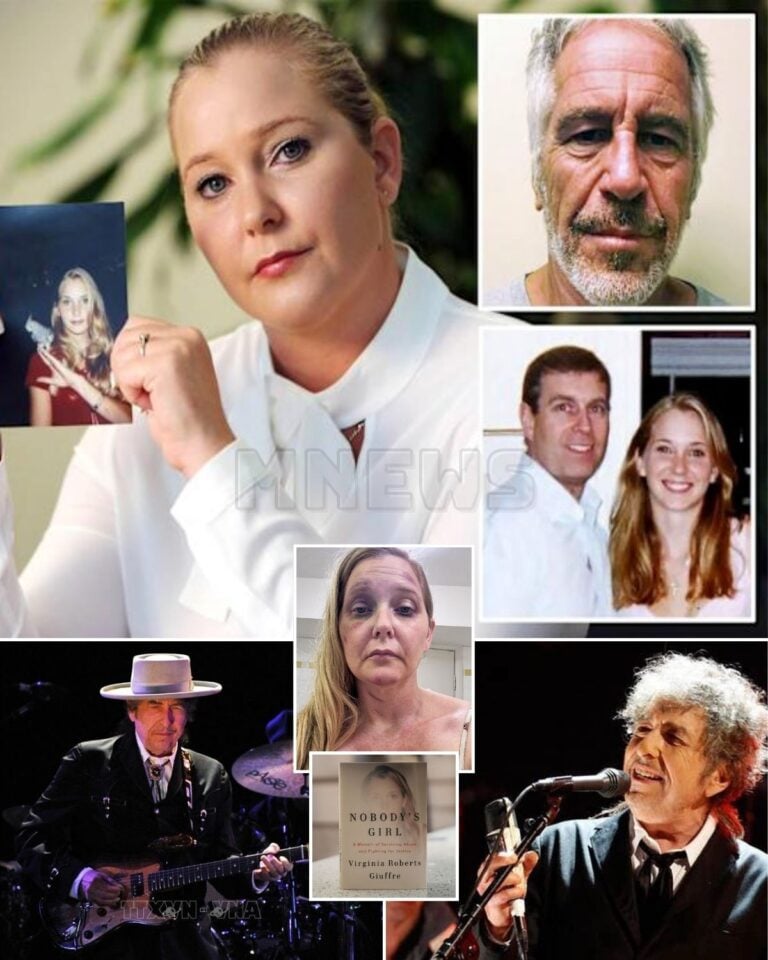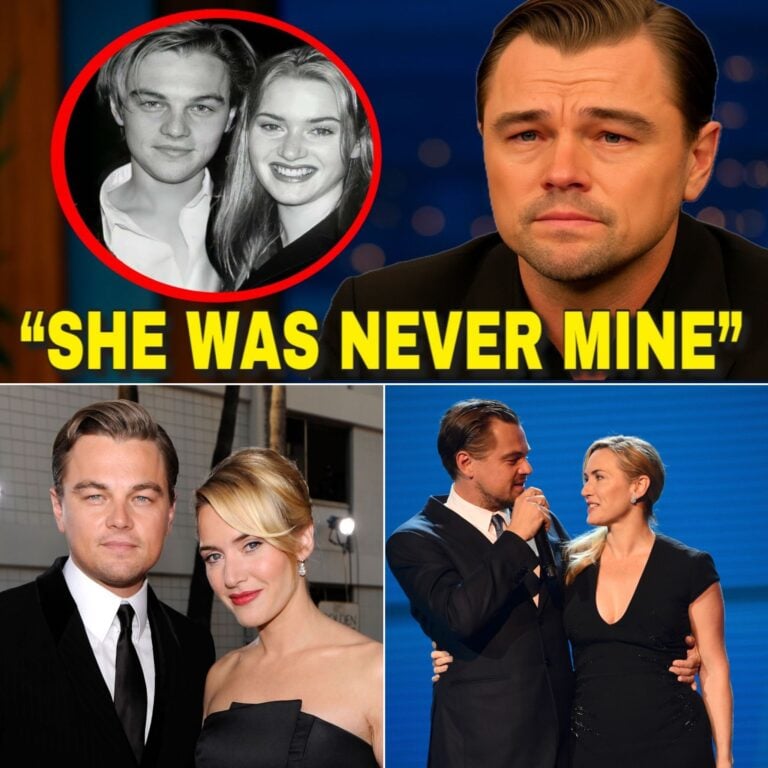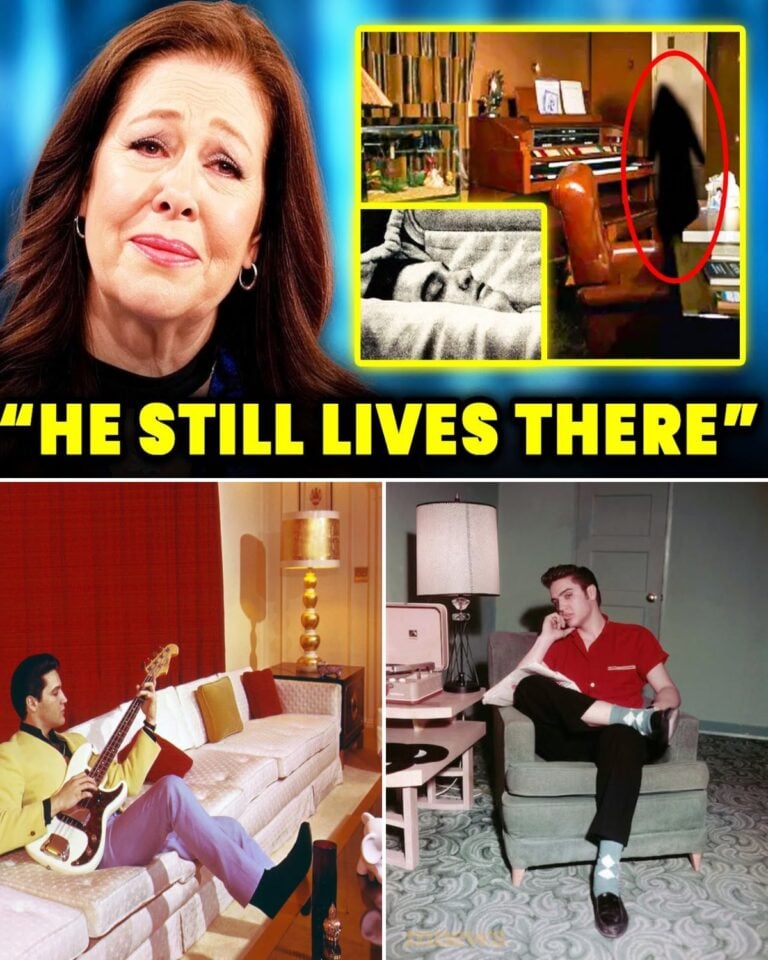For 35 years, the world has known them as one. Abby and Brittany Hensel — the inseparable conjoined twins from Minnesota — were the embodiment of human resilience, two distinct minds sharing one extraordinary body. They grew up learning, laughing, and teaching as one, defying the limits of biology and the expectations of an often-staring world.

But this week, the unthinkable happened. In a groundbreaking procedure that scientists once dismissed as “biologically impossible,” Abby and Brittany Hensel have been successfully separated. The historic surgery, performed in near-total secrecy at the Mayo Clinic, has stunned both the medical community and the millions who have followed the sisters’ lives since their childhood appearances on The Oprah Winfrey Show and TLC’s Abby & Brittany.
Few could understand the complexity of what the Hensel twins faced. Conjoined at the torso with shared organs and an intricately fused vascular system, the sisters had long been told that separation was medically unthinkable. Yet advances in neurovascular surgery and AI-guided imaging opened a door that had always been closed.
Sources close to the family confirm that the twins initiated discussions about the procedure more than two years ago. “They were not seeking fame or spectacle,” said a longtime friend. “They were seeking freedom — not from each other, but from limitation.

That sentiment was echoed in a private message Abby reportedly wrote in her recovery journal:
“We’ve shared every moment of our lives, every heartbeat and breath. But to love each other completely, we had to let each other go.”
Those words, raw and fearless, capture the spiritual weight of their decision — one that transcends medical ambition and enters the realm of human philosophy.
INSIDE THE SURGERY THAT CHANGED HISTORY
According to internal medical briefings, the operation — codenamed Project Unity — lasted 43 hours and involved over 50 specialists across 14 disciplines. AI-assisted imaging was used to map shared nerves, organs, and vascular connections down to the micron.
“This was one of the most complex surgeries ever attempted in modern medicine,” explained Dr. Marissa Kline, the lead surgeon. “The human body was never designed to divide this way. We weren’t just separating tissue — we were untangling identities.”
The process required partial organ reconstruction using regenerative tissue scaffolding and custom 3D-printed bone supports. A combination of nanoscopic neural grafts and stem-cell infusions helped preserve motor control for both women






